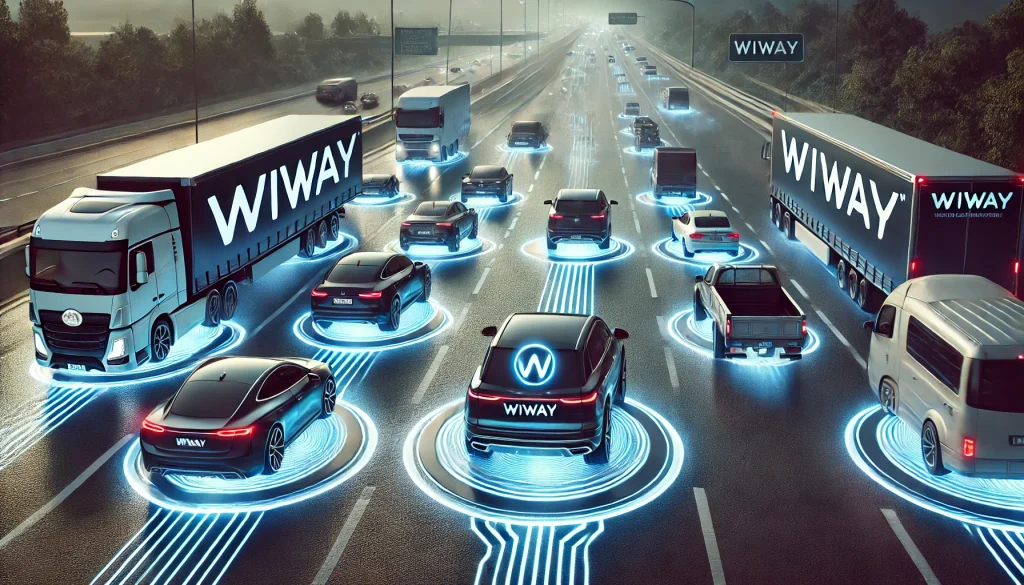Imagine driving from Los Angeles to San Francisco, a journey of approximately 380 miles (610 kilometers). Most modern electric vehicles (EVs) have a maximum range of around 300 miles, which often necessitates a mid-trip stop for charging. Typically, drivers pause in places like Kettleman City, California—a small town with limited charging infrastructure. During peak travel times, such as Thanksgiving and the Holiday Seasons, drivers can face long wait times, sometimes several hours, just to recharge their EVs and continue their trip.

Traditional plug-in EV charging stations are not only time-consuming but also geographically limited, often concentrated in major urban centers. This presents a significant inconvenience for drivers who need to reach their destinations on time but are delayed by the lack of readily available charging options.
WiWay offers a groundbreaking solution. As an AI-controlled wireless EV charging system, it caters to both passenger cars and commercial trucks. The name “WiWay,” coined on May 5, 2003, alongside the registration of the wiway.com domain name, is a blend of the words “Wireless” and “Highway.” This technology transforms the EV charging experience by relying on electromagnetic induction, enabling vehicles to charge their batteries on the move while driving on highways.
Unlike traditional charging stations, such as those in Kettleman City, WiWay eliminates the need for stopping. As vehicles travel along highways like the I-5, AI continuously monitors their battery levels, providing power as needed. Each mile of the highway is equipped with preinstalled wireless charging pads, ensuring seamless energy delivery without interruptions.

While WiWay is a promising innovation, it is not without its challenges. In its early stages, the technology and infrastructure are still developing. The cost of wireless charging remains relatively high compared to conventional plug-in stations. Charging speeds are also slower, though the convenience of uninterrupted charging partially offsets this limitation. Additionally, compatibility issues between different car brands, charger systems, and battery types still need to be resolved for universal adoption.
Despite these challenges, the future of AI-controlled wireless EV charging is bright. The days of cable-free, on-the-go charging are on the horizon, revolutionizing how EV drivers power their vehicles. With innovations like WiWay, highways and interstates worldwide will soon offer seamless, hassle-free charging, simplifying life for EV drivers everywhere.
